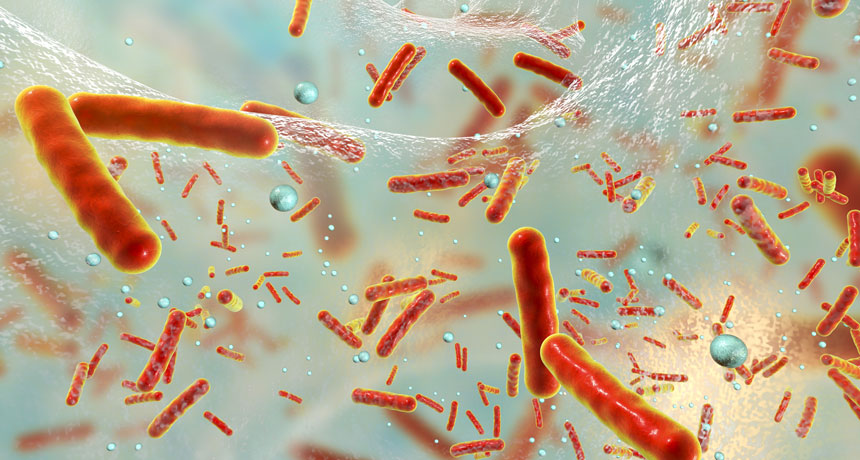
ANTIBIOTIC UPPER HAND A new antibacterial ointment prevents communities of pathogens from forming slimy substances called biofilms (illustrated), where bacteria are shielded from antibiotics.
Kateryna Kon/Shutterstock

ANTIBIOTIC UPPER HAND A new antibacterial ointment prevents communities of pathogens from forming slimy substances called biofilms (illustrated), where bacteria are shielded from antibiotics.
Kateryna Kon/Shutterstock